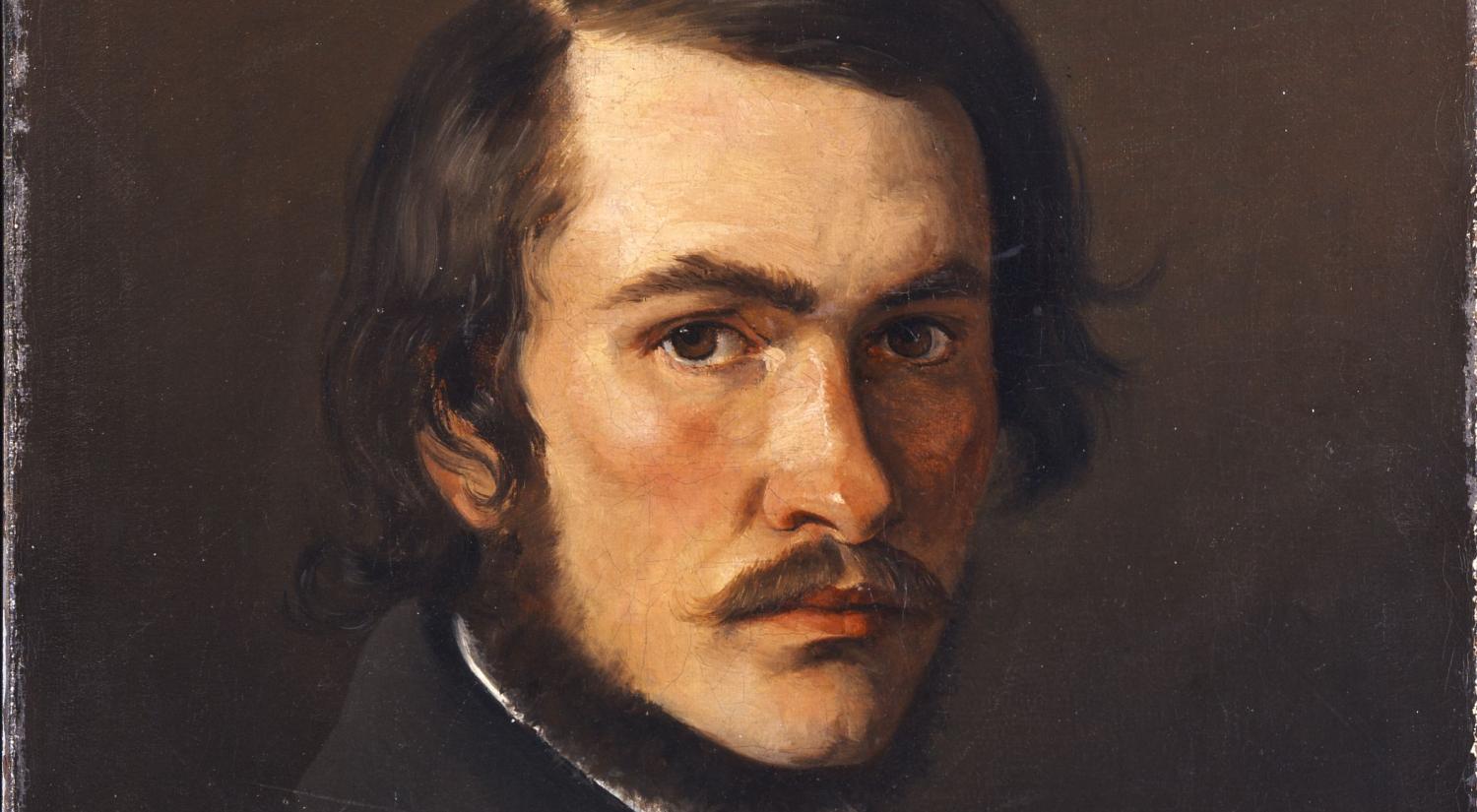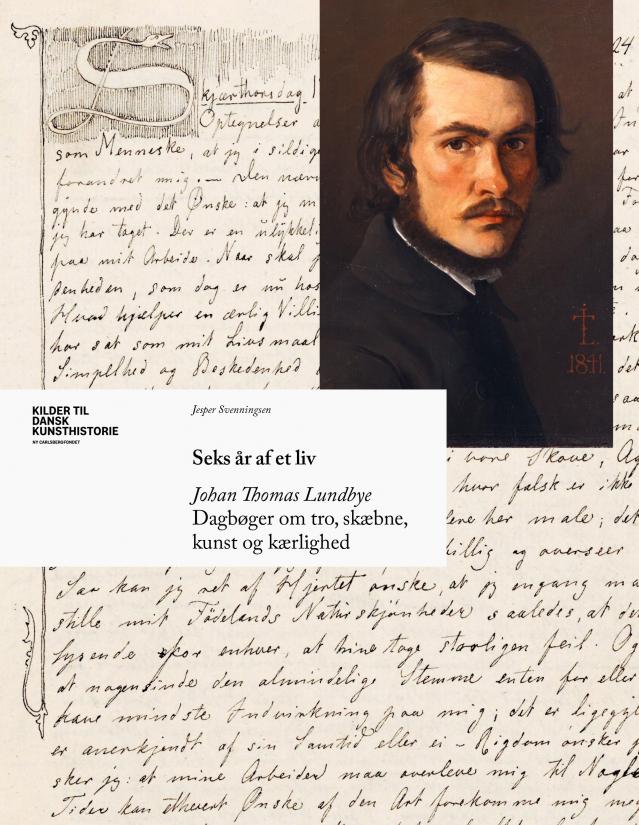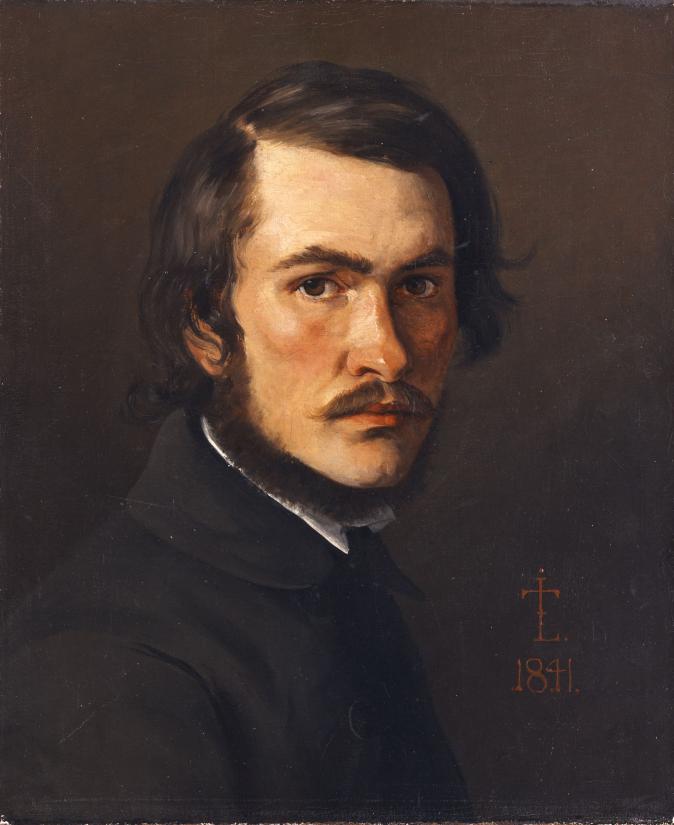J. Th. Lundbye, who would have turned 200 years on 1 September 2018, is not only a mythological figure; his unique contribution to landscape painting makes him a key figure in the Golden Age of Danish painting. With Lundbye, it is difficult to separate the myth from the man. This is evident, not least, in the journals he diligently kept during the last six years of his life. They offer insight into his reflections on faith, doubt, destiny, suffering, art and love. At times he is profoundly preoccupied with human relations, particularly his own experiences with unrequited or ill-starred love. At other times he reflects on his role as an artist and on the art audience, public authorities and national romanticism.
A contributor to his own myth
In the journals it becomes clear that J. Th. Lundbye experimented deliberately with his texts and perhaps anticipated that they might one day reach a wider readership. Thus, his own words contribute to mythologizing his own life – to the very end. At the age of 29 years he lost his life to an accidental shot while a volunteer in the First Schleswig War, and before this fatal incident he had made this almost prophetic entry in his journal:
‘If an errant bullet – it would only bring peace to a heart tormented by more painful wounds. God bless Denmark! and my mother!’
Read in their entirety, the journals reveal Lundbye’s cultivation of his own literary persona. Like the hero of a novel, he orchestrated his final words in case he did not return home from the war.
The book’s author, Jesper Svenningsen, PhD and project researcher at the SMK, the National Gallery of Denmark, points out that as a painter, Lundbye was a standard bearer for the Golden Age ideals of a national art, but that his landscapes were equally inspired by his own, private mental imagery. In the journals we encounter Lundbye as a modern artist subject with artistic as well as literary ambitions.
The New Carlsberg Foundation makes primary sources available
Seks år af et liv is volume two in the New Carlsberg Foundation’s publication series Kilder til Dansk Kunsthistorie (KTDK) (Primary Sources in Danish Art History, PSiDAH), based on the digitization project of the same name launched by the foundation in 2015.
‘The journals give us a different and a more complex understanding of Lundbye. Above all, they show us that to look behind the myth about Lundbye, we need to turn to the journals, but we need to examine them as a whole. Seks år af et liv demonstrates how primary sources can be accessed and used, and moreover, it is an indirect invitation to explore PSiDAH in order to discover new insights and new knowledge in the sources,’ says Karsten Ohrt, chairman of the board of the New Carlsberg Fondation.
Volume one in the publication series was Breve fra London – Elisabeth Jerichau Baumann og den victorianske kunstverden (Letters from London – Elisabeth Jerichau Baumann and the Victorian art world) by art historians Sine Krogh and Birgitte Fink (January 2018). Lundbye’s journals, Elisabeth Jerichau Baumann’s letters and wide range of other sources related to Danish art history can be accessed via the New Carlsberg Foundation’s website.





